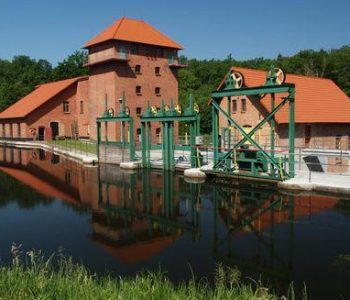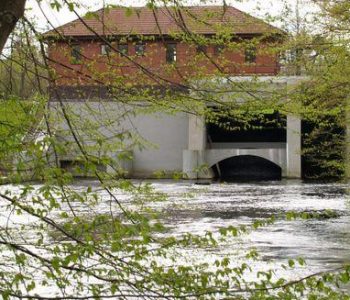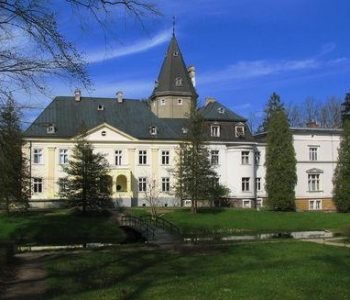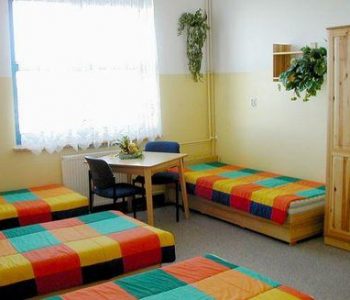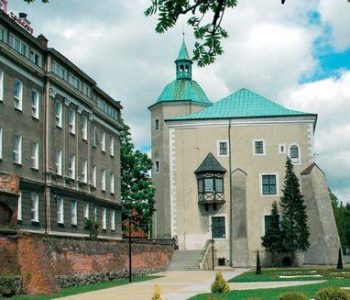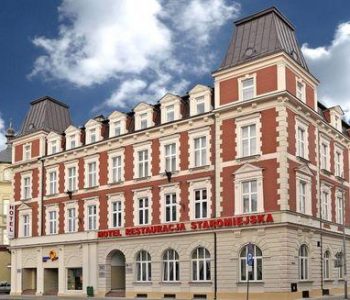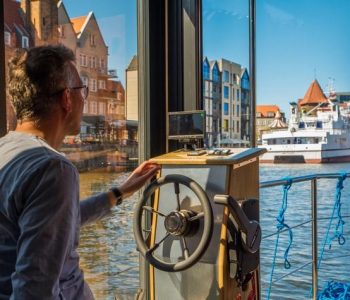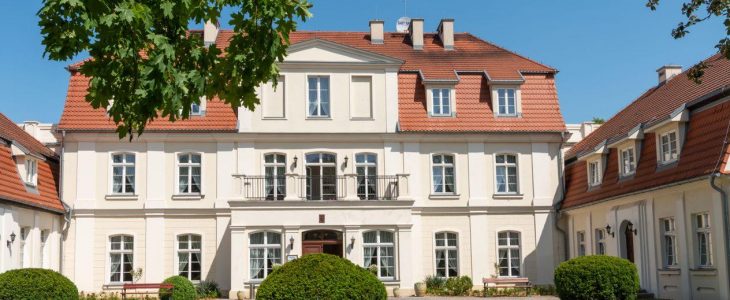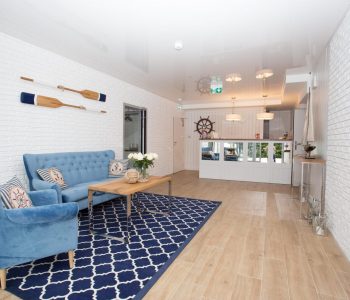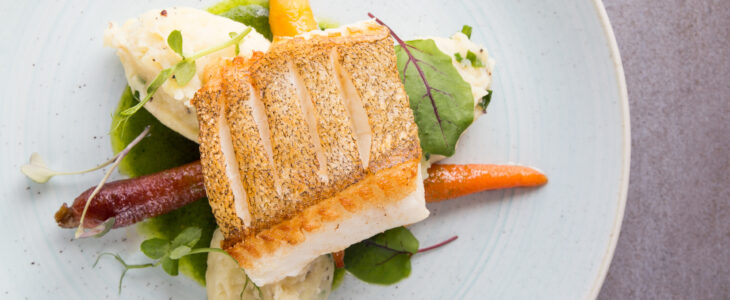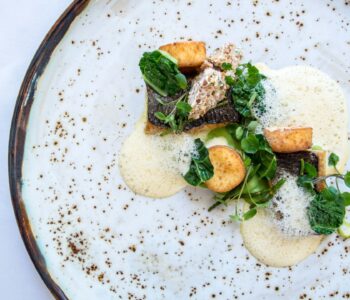Biesowice (German Besswitz, with the oldest known reference as Bessewitze) was established in 1480 Its name comes perhaps from the name Biesz. Biesowice was a key estate of the Pomeranian family of von Zitzewitz in the Biesowice line. The history of the Biesowice line of von Zitzewitzs ends in 1738, when Jerzy Kazimierz von Zitzewitz sold the estate to Count Adam Joachim von Podewils. In 1808 (or perhaps 1803) the family property was bought from the Podewils by Franciszek Marcin Zitzewitz of Ciecholub, who handed it over to his younger son, Franciszek in 1842. Franciszek’s successor, in turn, was his son, Ernest Wilhelm, who administered the estate until 1899. The last owner of Biesowice (up to 1945) was Ernest Wilhelm’s grandson, Ernst.
The pantheon commemorates nineteen Prussian soldiers killed on the Russian, French and Romanian (Transylvania) fronts. The majority of the fallen soldiers were residents of this area and its neighbourhood, predominantly common people, such as millers, fishermen, or farmers. Formerly the base in the pantheon centre featured a saluting soldier cast in bronze. The interior contains an inscription in German reading “Den aus Besswitz fur Kaiser und Reich für König und Vaterland für uns alle im Weltkrieg 1914 – 1918 Gefallenen und Gebliebenen gewidmet am 19. 9. 1924. Herr mach uns Frei!” (Founded on 19 September 1924 to commemorate the residents of Biesowice who died for the Emperor, the State (the Reich), the King, and the Homeland, and for all of us during the World War of 1914-1918. The Lord will free us!).
The palace and manor complex originating at the turn of the 20th Century comprises a masonry palace of the von Zitzewitz family dating back to the second (or perhaps the first) half of the 19th Century, redeveloped in the Gothic-Revival fashion in 1922-23. The palace is made up of a two-storey body and two annexes (including a one-floor wing). At the front the palace adjoins a one-storey entrance hall with an elaborate staircase. The ground-floor rooms are of a stately character. The original décor that remains into present times includes a wooden chandelier rich in ornaments, wooden panelling on the walls and ceilings, a fireplace and a stove made of ceramic tiles.


